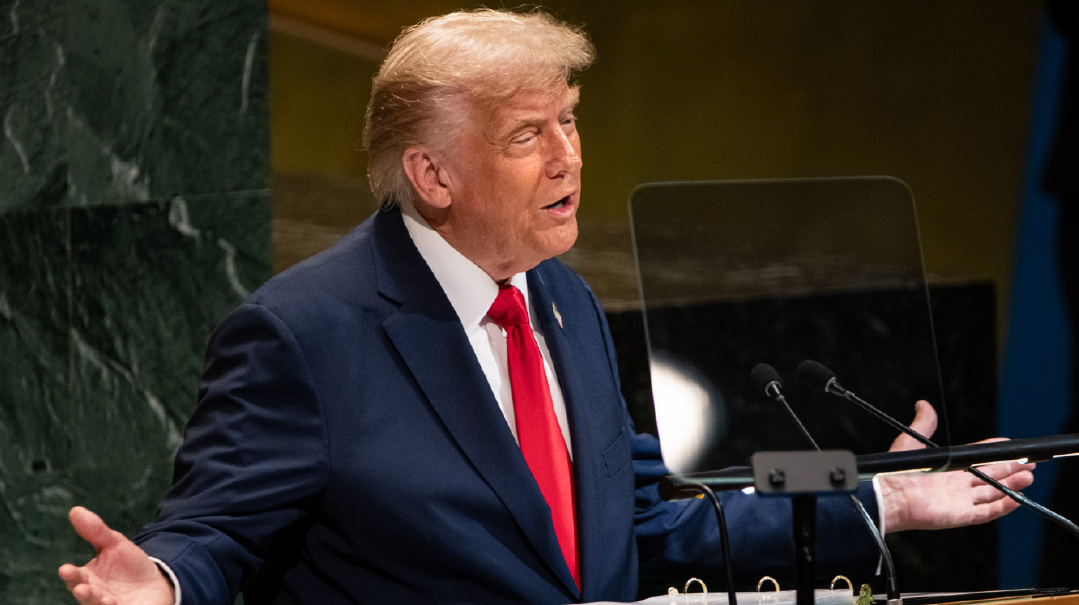Getting Back to Work

One reason economics is still referred to as the dismal science

Talking about a wide miss. What happened to the doomsday 20% unemployment scenario and job losses of eight million predicted by many economists for the not-so-merry month of May? In reality, the US Bureau of Labor Statistics (BLS) reported last Friday that unemployment fell unexpectedly to 13.3% and 2.5 million out-of-work Americans were either rehired or found new jobs.
Scrambling for a new answer, many economists credited the job gains to the oft-criticized Paycheck Protection Program (PPP) passed as part of the Congressional stimulus package. The PPP provided $669 billion in loans to eligible businesses to keep their workforce on the payroll during the coronavirus crisis, but federal watchdogs contend some companies misused the funds for other corporate purposes.
Whatever the case may be, the program sunsets at the end of June and Congress is dithering over what’s next.
At the onset of the economic crisis three months ago, I wrote up Hoover Institution economist John Cochrane, one of the first economists to propose a PPP program. I checked back with him to see if he has any new ideas, and he does.
His overall goal is to continue helping workers in the short term, while weaning them from federal aid in the long term. One idea would allow workers to continue collecting special extra unemployment benefits for a short period of time after they return to work. Or instead, they could accept a one-time cash payment of $2,400 if they agree not to file for unemployment again, even if they lose their new job in the next four to six months.
Cochrane opposes a payroll tax cut, which would be relatively ineffective for the average worker earning $20 an hour, and would also cost the government a pretty penny.
There are no easy solutions to this economic crisis, and this is one reason economics is still referred to as the dismal science.
(Originally featured in Mishpacha, Issue 814)
Oops! We could not locate your form.













